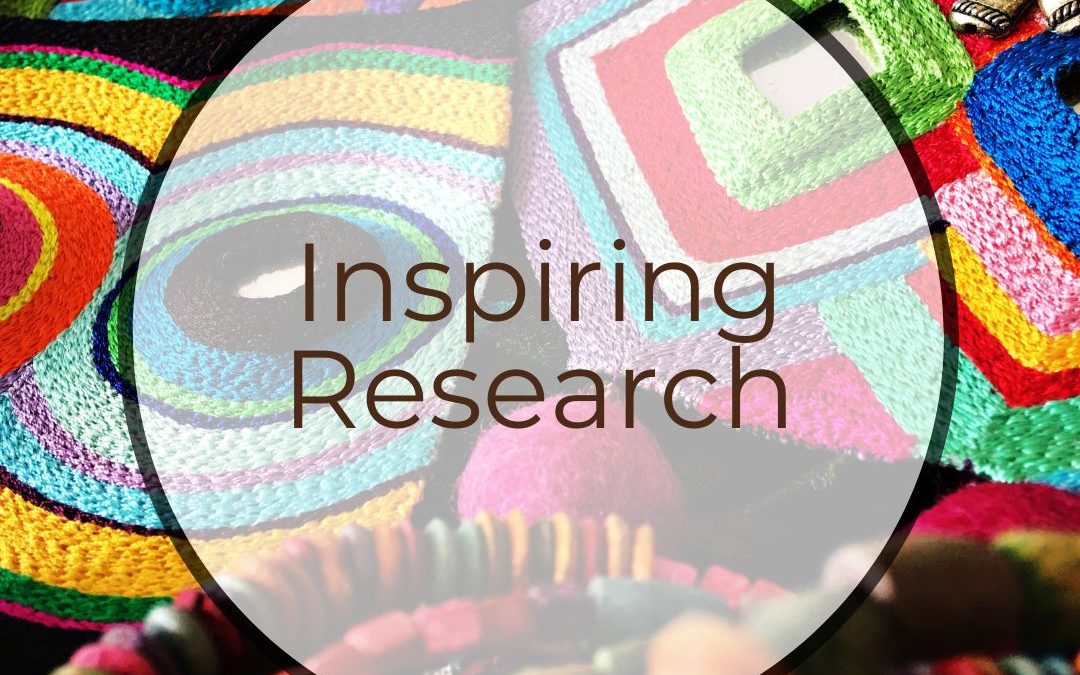I’m often reading or researching online for my Stitch Safari Podcasts – it’s one of my favourite pastimes behind stitching of course.
And at every turn, I’m reminded of those links with history always hovering somewhere in the background.
Easily forgotten and often overlooked, it’s a simple fact that every time we thread a needle to stitch, we reignite those links with the past – and delving into that history can be utterly fascinating and engrossing – it can also be hugely inspiring and a stepping stone to creating new work.
Just skimming the surface of the history of stitch over the centuries, you’ll find links with trade, politics, the migration of technique, cultural adaptations, platforms for women, literature, art, fundraising, celebration, war, religion, protest, friendship, rehabilitation, status, community, patriotism – and much, much more.
So if you’re wanting to create a new body of work or something completely different from the norm, why not go down some of those avenues?
Delve into an area of embroidery that truly speaks to you – and keep going back in time and taking side tracks. Just explore.
Sometimes there are amazing, revealing, records, fascinating stories, hand-written letters, or even deep, dark secrets.
Recently, I’ve been researching Quilts and Quilting and came across the medieval Tristan quilts, based on a tragic, romantic novella.
Already there’s a thread I can follow, but there’s also the imagery used in the quilt as well as the techniques creating the work.
An exploration into Trapunto and Corded work used in the Tristan quilts, led me to a 300-year-old French technique called Broderie de Marseille – the stunningly beautiful whole cloth French technique that supported a buzzing textile trade in the port of Marseille – there’s another thread.
So from a little time spent on my laptop, there are numerous threads, leads, and studies I can investigate and use for inspiration and new interpretation.
Not bad for a short dip into inspiring research – and just the thing to add a little colour and depth to our work.


